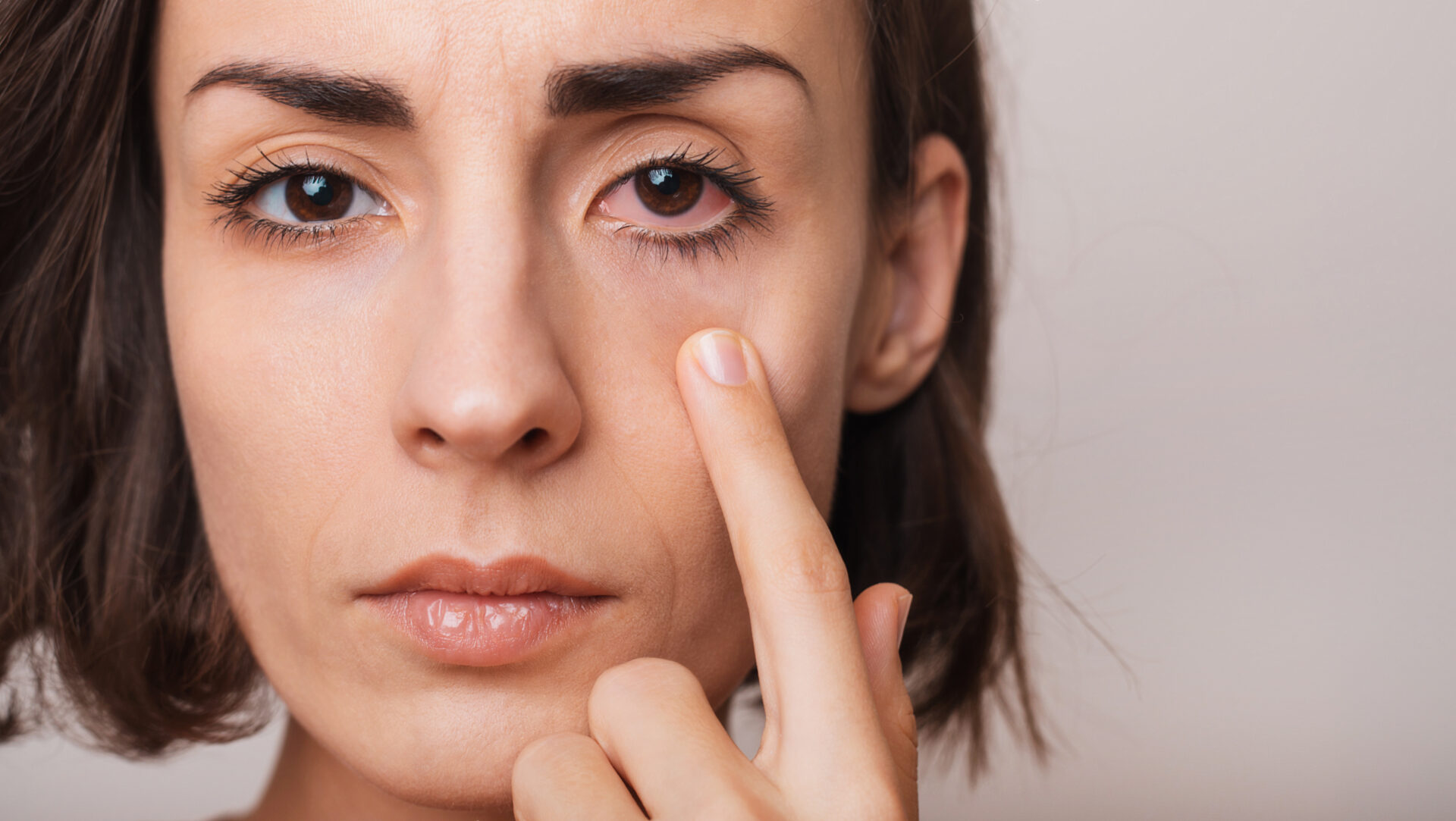
More Vision & Eye Care Articles
What Is Dry Eye Syndrome? Causes, Symptoms, And Diagnosis

Dry Eye Syndrome is more common than you might think. It’s said that a huge number of people around the globe suffer from the aforementioned illness.
Understanding what causes Dry Eye Syndrome, recognizing the symptoms, and knowing how it’s diagnosed can help you manage and prevent this uncomfortable condition. If you want to do just that, this post is for you. Keep on reading to learn more.
What Is Dry Eye Syndrome: Understanding The Illness
Dry Eye Syndrome happens when your eyes can’t produce enough tears or the tears evaporate too quickly. Specialists use Dry Eye Syndrome medical devices for clinics on patients to determine if they have the illness.
Tears are essential for maintaining the health of your cornea and providing clear vision. Did you know that they consist of three layers – namely oil, water, and mucus? Each layer plays a crucial role in keeping your eyes lubricated and free from infection.
When there’s an imbalance in any of these layers, you can develop dry eyes. It could be due to various factors, which will be looked into in the next section.

What Are The Common Causes Of Dry Eye Syndrome
There are several reasons why you might experience Dry Eye Syndrome. Some of the common causes include:
- Age: As you age, especially when you approach your senior years, your tear production tends to decrease.
- Gender: Women are said to be more prone due to hormonal changes during pregnancy, menopause, or the use of oral contraceptives.
- Medications: Certain use of medications, like antihistamines, decongestants, and antidepressants, can reduce tear production rates.
- Medical Conditions: There are medical conditions like rheumatoid arthritis, diabetes, and thyroid disorders that can lead to the drying of the eyes.
- Environmental Factors: Exposure to smoke, wind, dry climates, and many more can increase tear evaporation rates.
- Screen Time: Staring at a computer or phone screen for long periods reduces blinking, which can lead to the eyes being dried up.
- Contact Lenses: Wearing contact lenses for extended periods can affect tear production and quality.
What Are The Symptoms Of Dry Eye Syndrome
Dry Eye Syndrome can manifest through various symptoms. If you experience any of these, it’s essential to consult an eyecare professional:
- Stinging Or Burning Sensation: A common symptom where your eyes feel like they’re on fire.
- Redness: Inflamed eyes that appear red.
- Sensitivity To Light: Bright lights become uncomfortable.
- Blurry Vision: Your vision may become unclear.
- Stringy Mucus: Mucus in or around your eyes.
- Eye Fatigue: Feeling tired after reading or using a computer or any gadget with a screen.
- General Discomfort When Using Contact Lenses: Difficulty wearing contact lenses for a prolonged time.
How Is Dry Eye Syndrome Diagnosed
Diagnosing Dry Eye Syndrome involves a series of tests and evaluations by an eye care professional. Here’s what you can expect during the aforementioned eye tests:
- Comprehensive Eye Exam: Your eye doctor will start with a thorough examination of your eyes and review your medical history.
- Tear Film Test: This test measures the volume and quality of your tears. One common method is the Schirmer test, where a small strip of paper is placed under your lower eyelid to measure tear production.
- Dye Tests: Special dyes, like fluorescein and rose bengal, are used to highlight the condition of your tear film and identify any damage to the eye’s surface.
- Tear Osmolarity Test: This test measures the composition of your tears, identifying any imbalances in water, oil, and mucus layers.
- Meibomian Gland Evaluation: The doctor will check the health of your meibomian glands, which produce the oil layer of your tears.
Can You Treat Dry Eye Syndrome: Different Management Tips
Once diagnosed, managing Dry Eye Syndrome involves a combination of lifestyle changes and medical treatments:
- Artificial Tears: Over-the-counter eye drops can help lubricate your eyes.
- Prescription Medications: Your doctor may prescribe medications to reduce inflammation or increase tear production.
- Lipid-Based Eye Drops: These help restore the oily layer of your tear film.
- Punctal Plugs: Small devices inserted into tear ducts to reduce tear drainage.
- Warm Compresses: Applying warm compresses to your eyes can help open up blocked oil glands.
- Eyelid Hygiene: Regularly cleaning your eyelids to remove debris and bacteria.
- Humidifiers: Using a humidifier in your home can add moisture to the air and prevent tear evaporation.
As mentioned earlier, adopting certain lifestyle habits can help prevent Dry Eye Syndrome as well. Check out some of them below:
- Take Breaks: When using digital devices, take frequent breaks to blink and rest your eyes.
- Stay Hydrated: Drink plenty of water to stay hydrated.
- Adjust Your Environment: Avoid direct exposure to fans, heaters, or air conditioners.
- Wear Protective Eyewear: Sunglasses or protective goggles can shield your eyes from wind and dust.
- Include Omega-3 Fatty Acids: Foods rich in omega-3, like fish and flaxseed, can improve tear quality.
To Conclude
Dry Eye Syndrome might be a common condition, but it can significantly impact your quality of life if left untreated. By understanding the causes, recognizing the symptoms, and knowing how it’s diagnosed, you can take proactive steps to manage and prevent the illness. Remember: don’t ignore your symptoms; seek professional advice to protect your eye health and maintain clear vision.
Other Articles You May Find of Interest...
- What Is Dry Eye Syndrome? Causes, Symptoms, And Diagnosis
- How Eye Exam For Seniors Can Help Detect Other Health Issues
- Why Dry Eye is a Disease Not Just a Nuisance
- The Top Tips When It Comes To Taking Better Care Of Your Eyes Here In Australia
- Are Your Eyes Too Dry To Cry?
- iCare EIDON – Ultra-widefield details in high definition
- Retina Screening: Do You Need To Have One Done?

















